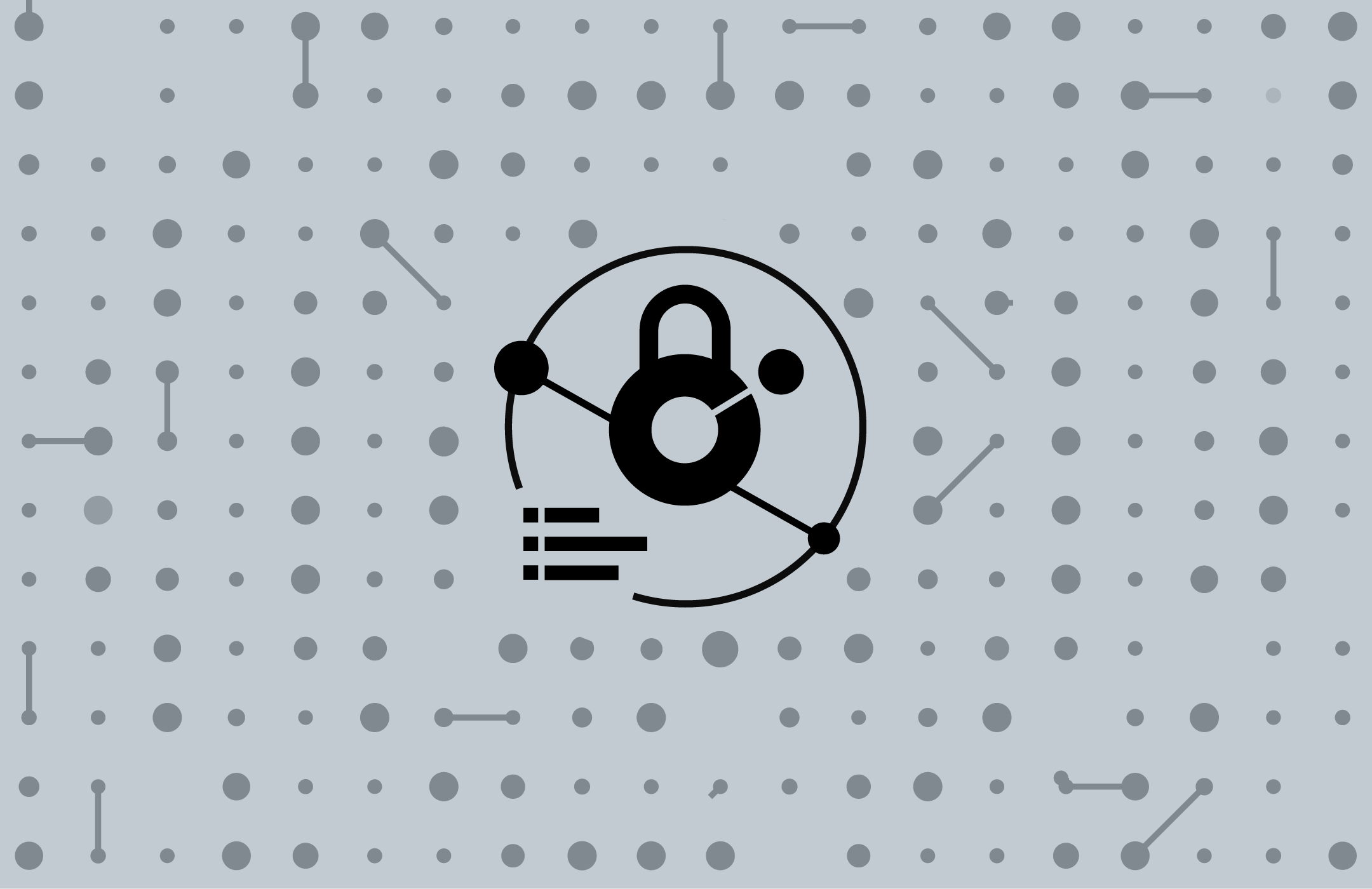What do you know about your customers? How can you learn more about them to make them feel like interactions with your brand have a personal touch? And how can you do that within the boundaries of evolving privacy regulations?
These are major questions for any consumer brand that wants to help their business thrive. We recently convened a discussion between experts from Accenture, Braze, and our own team at Amperity to lay out the challenges and opportunities of using customer data responsibly in a way that builds trust and benefits the business. You can watch the webinar here, or read on for the overview of what they covered.
New realities: rising consumer expectations, tightening privacy regulations
Brands grow their business by building meaningful connections with consumers through memorable experiences. These experiences make people feel seen — an offer tailored to their preferences, a perk recognizing that they’ve been a long-time customer, or a pain-free interaction with customer service where the agent knows who they are and what they purchased so they can fix the problem. Having gotten used to customized recommendations from streaming services and seamless interactions with online retail giants, more and more consumers expect this kind of personalized treatment.
In the era of digital engagement, where consumers interact with brands online, through apps, and in person, crafting the kinds of memorable experiences that stand out and build loyalty depends on using customer data to form a complete picture of who that consumer is. As privacy regulations evolve, this becomes more complicated — but ultimately, that’s likely for the better. If you can work within the boundaries of developing privacy laws and still meet rising consumer expectations for personalized experiences, then your brand will stand out from the pack.
In other words, privacy regulations shouldn’t be a barrier, but an opportunity to build trust.
Recently in the US, there have been new state-level laws passed regulating data collection in California, Colorado, and Virginia, with laws being proposed in a half-dozen other states and more sure to follow. In the wake of these new regulations, tech companies have made changes to how data is gathered on browsers and mobile devices, which can potentially limit marketing reach, attribution, and acquisition costs, among other factors.
This has a direct impact on the kinds of things brands can say to customers, the kind of data they can access, and how they can collect it. Rather than thinking about collecting all the data they can get their hands on, brands should start thinking about what they are allowed to collect, what they can do with it, and what they need to disclose to customers.
"Privacy regulations shouldn’t be a barrier, but an opportunity to build trust."
Balancing brand needs, consumer trust, and privacy regulations
Be clear on what data you actually need
Marketers have known for a long time that they need data to personalize the experience, so in the past they have taken the approach of “collect everything and figure it out later.” Now, the situation has shifted so that you should be collecting only what you need, when you need it, with an understanding of why you need it, and a readiness to disclose all of this to the customer. Rather than casting the widest net possible, think about what business outcomes you’re trying to drive and what campaigns you want to run. Then you can figure out what data you need to power those initiatives.
There is also a difference in usefulness of different data types. For example, behavioral data that shows how often a customer makes a purchase or how they respond to certain offers is more valuable than factual persona information like occupation, which still relies on inference (and may even be misleading, since of course not all people with the same occupation have the same tastes).
Develop new methods to collect data with consent
When it comes to collecting data, new laws require new permissions, and it’s likely that these will continue to get stricter. In this environment, it’s critical to work from first-party data, that is, data that consumers consent to share with you. The tricky thing is gaining that consent in a way that’s not obnoxious. Many brands ask for consent to collect data immediately when someone arrives at their website, an approach that has very low opt-in rates.
Instead, brands need to look for opportunities to ask for consent once they are already demonstrating value. They must be sure to make it clear that sharing the data is relevant and safe, making it clear what the customer is getting in return. For example, this might be asking for permission to push messages to a customer after they make a purchase, which provides the convenience of notification about the status of an order.
The key is to test and iterate to find the best locations and moments to ask users for consent.
A developing story
New privacy laws will continue to come onto the books and new methods for accommodating regulations will continue to appear. While it’s hard to say with certainty exactly how the landscape will develop, intentional cultivation of consented first-party data assets is a sure bet to shore up your data strategy against future twists and turns.
This is a synopsis of a webinar conversation with Rob Fuller, Managing Director, Customer Data Orchestration at Accenture; Lauren Walker, Managing Director at Accenture Interactive; Pranay Jain, Director of Solutions Consulting at Braze; and Megan Lunde, Solutions Consultant at Amperity. If you’d like to delve deeper, check out the recording of the webinar.
